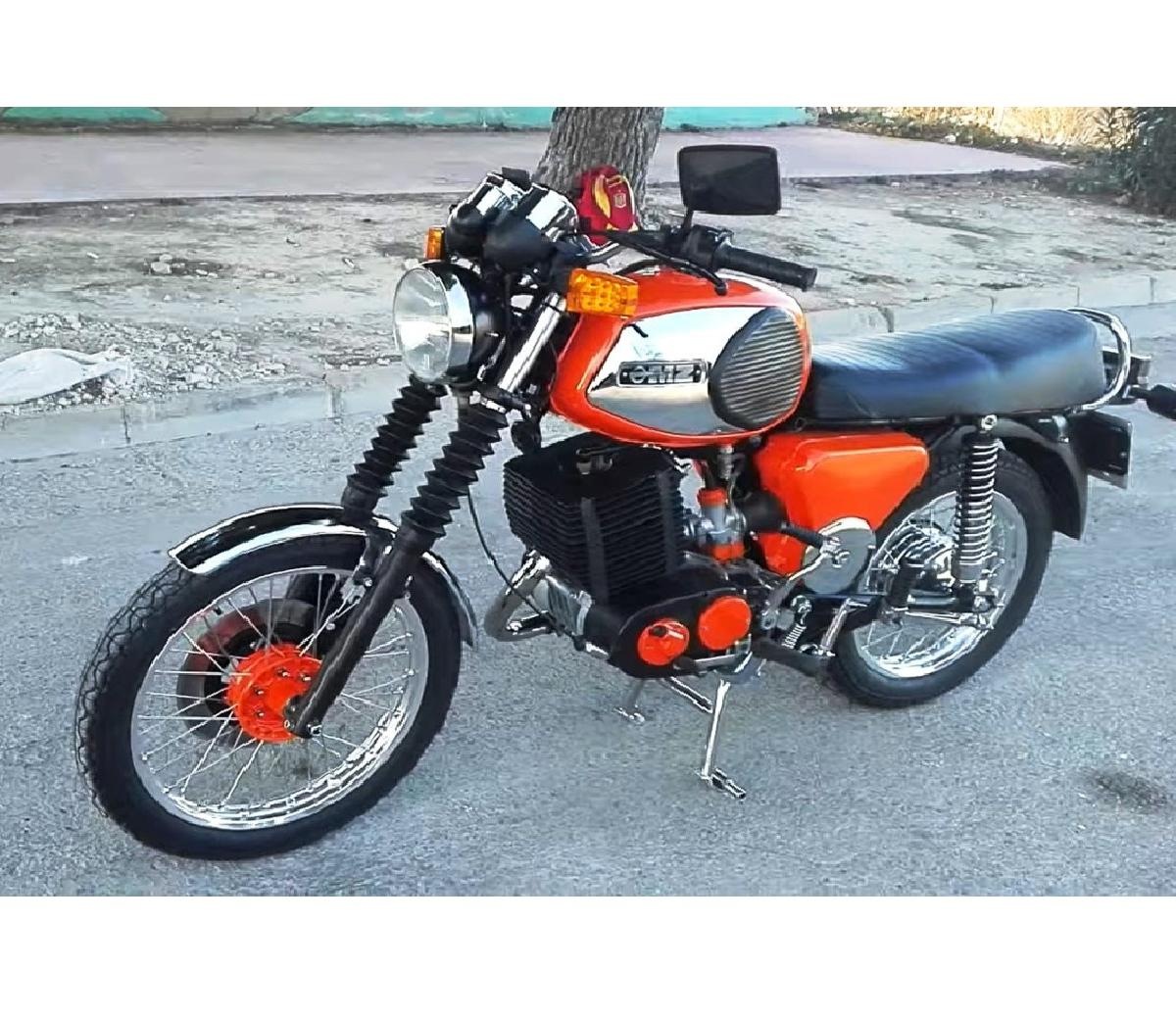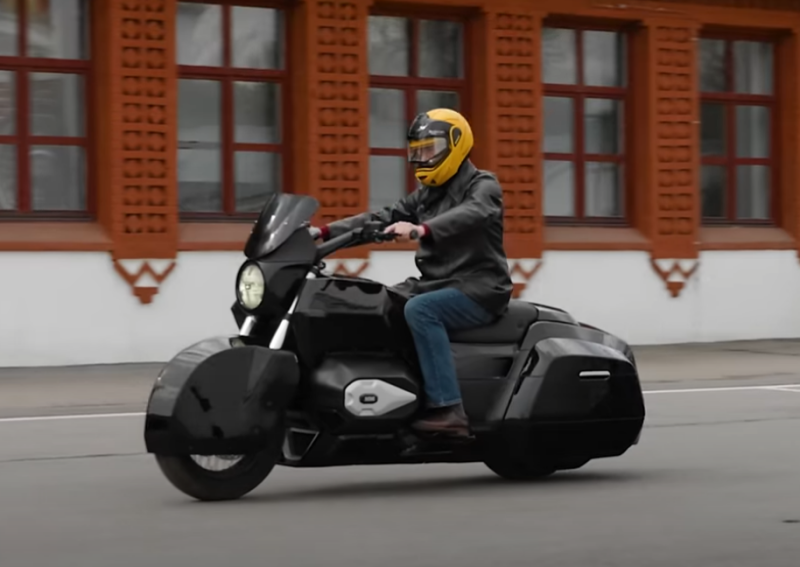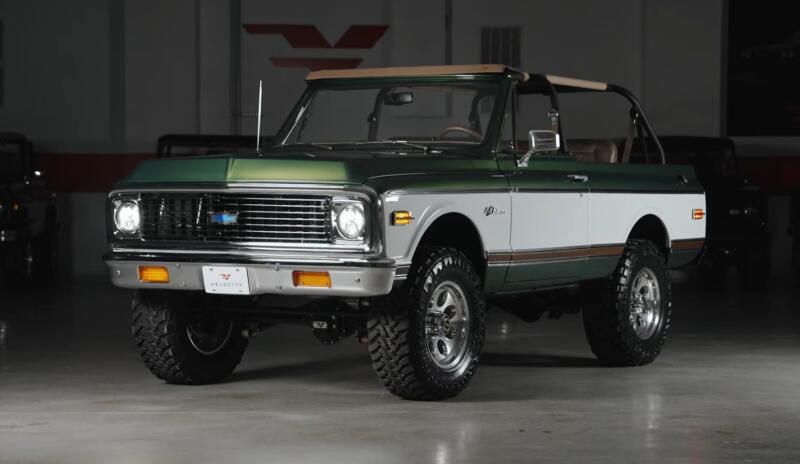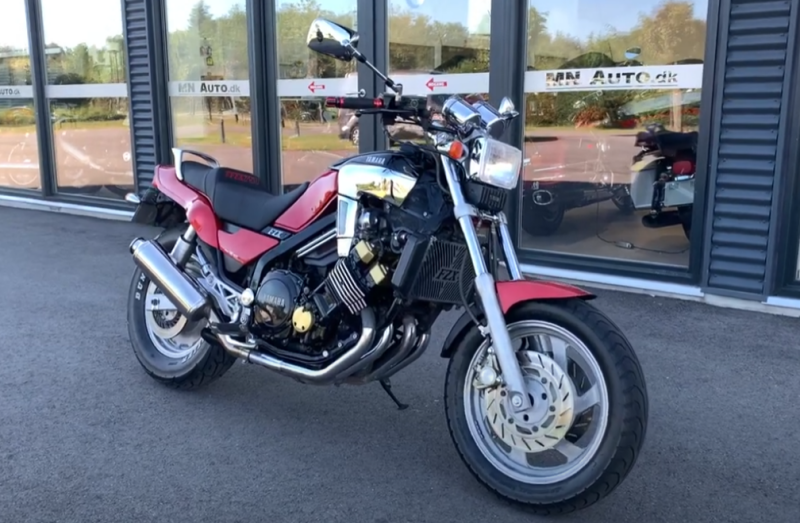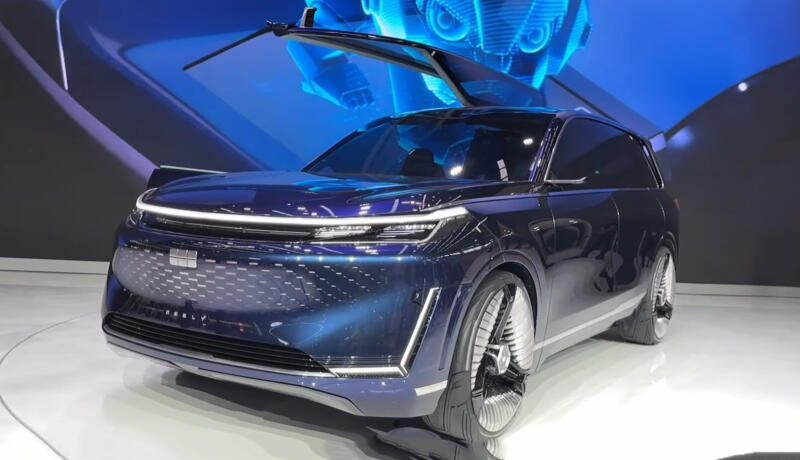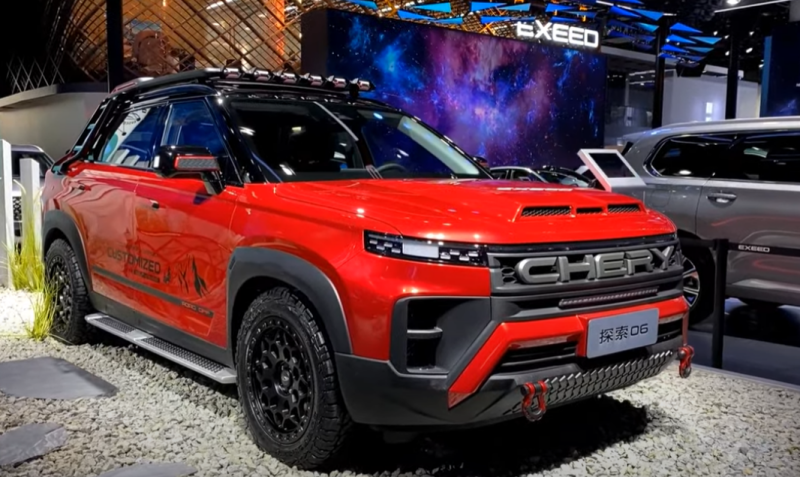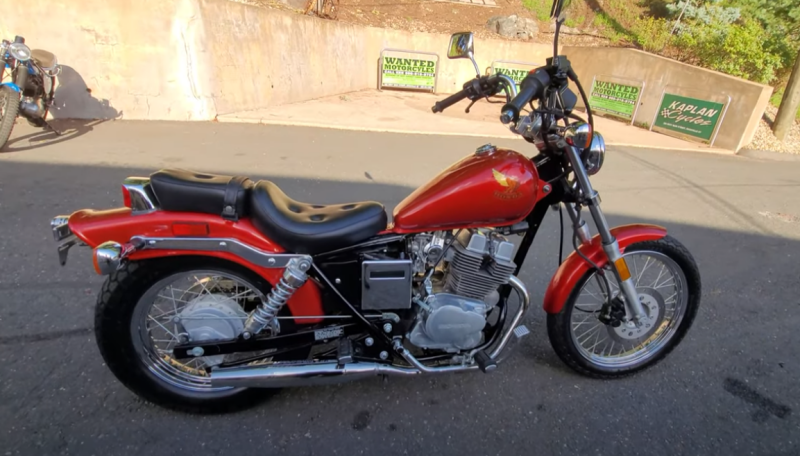Even during the war, a project was being developed to create a car with a steam engine. But two years later the war ended not in favor of Germany, and he was curtailed. But the company has its own trademark - DKW. The year 1921 became a landmark, when more than 10 thousand bicycles produced by the company with a 1 liter motor were sold. With. and a working volume of 118 cubic meters. cm.
 DKW NZ-350 is the progenitor of the IZH line. Photo: youtube.com
DKW NZ-350 is the progenitor of the IZH line. Photo: youtube.comNot stopping there, exactly 100 years ago, the first Reichsfahrtmodell motorcycle was produced in Czhopau. And the most popular model of the 20s was destined to be the DKW E 206 with a 200 cc engine. These results were achieved due to lower cost than competitors. From that moment on, the history of the DKW brand began to develop successfully.
Pre-war DKW - forerunner of post-war MZ
In the 20s and 30s, DKW cars and motorcycles became increasingly popular. A good confirmation of this is the fact that the latter, in the face of the DKW RT 125, were in service with the Wehrmacht during the Second World War. In general, over these decades, the main models of the plant have become:
✅ DKW Luxus 200 ("Blutblase")
✅ DKW RT 100
✅Super Sport 600
One of those who were directly involved in the success can be considered the famous designer Hermann Weber. It was he who provided the original look of each of the models released by the plant over two decades. He seems to have absolutely no regrets about switching to DKW from Hugo Ruppe in 1920. The Luxus 200, for example, received in 1928 a bright red tank and a shocking nickname - "blood bubble". But this only added to the popularity of DKW. Another feint was the free decoding of the abbreviation. In the case of toy motors, the words meaning "boys' dream" were substituted, and in the case of light motorcycles, "a small miracle."
The Super Sport had a 600cc engine, while the 100 DKW RT 1934, on the other hand, had only a 100cc engine. Thus, manufacturers have tried to cover the entire range of engine displacements as much as possible in order to satisfy the wishes of various buyers. Model "100" was produced in the amount of 72 thousand pieces, and the 125th, which appeared just before the war, was destined to become the "swan song" of the plant.
On the territory of the GDR and renaming to MZ
After the war, due to reparations, German developments contributed to the development of the domestic motorcycle industry. The IZH-350 that appeared at that time was an almost complete copy of the DKW NZ-350. In 1950, the production of the last model of the late 30s RT 125 was resumed in the GDR.
But, the new government really did not want to feel at least some connection with the past. Therefore, the main production in the city of Chopau was renamed. In 1952, it became Motorradwerk Zschopau (MZ), and four years later motorcycles with an updated name appeared. But the original brand began to be used for the products of the West German plant in the city of Ingolstadt.
Although the enterprise and the country itself were heavily influenced by the Soviet system, the past experience and talent of the remaining German engineers did the trick. As a result, MZ brand motorcycles have become worthy successors of the DKW traditions, being one of the best among the models of motor vehicles of the socialist countries. Many were sure that they could well compete on an equal footing with the legendary Czechoslovak devices.
 The power unit of the latest modification MZ ETZ-251. Photo: youtube.com
The power unit of the latest modification MZ ETZ-251. Photo: youtube.comThe best confirmation of the above is that motorcycles, now of a new brand, were exported to almost 100 countries of the world, among which were not only the socialist camp, but also many states of Western Europe. The old tradition of an extensive offer of power units of various sizes was also preserved. It was from the equivalent of our "Minsk" to the equivalent of IL (125/350 cc). All this was accompanied by a good reliability of the design of the motorcycle, while maintaining ease of operation.
Excellent performance, you say, why then do Soviet motorcyclists shrug their shoulders when they hear about the MZ? The answer is embarrassingly simple: officially road models of East German motorcycles were never delivered to the USSR. The only exception was the initial batch of 700 pieces, sent to our country at the dawn of the brand's history in 1957. After that, MZ appeared in our country in an amount of no more than 100 units per year. But only models designed for sports competitions. However, we will talk about this a little lower.
The reasons for this situation are still unclear, so we can only guess. Maybe the first MZ did not like the responsible Soviet officials of those years. Or they seemed noticeably worse than the JAWA of that period, which had no competitors in all of Europe. The possibility of the opposite - discrediting JAWA and spoiled relations with the Czechs, who have already become the main suppliers of motorcycles to the Soviet country, cannot be ruled out either. It is also worth remembering the inertia of the Soviet system: the main exporter of motorcycles in the socialist camp has been determined, why change something now?
 MZ ETZ-301 with a traditional "humped" tank. Photo: youtube.com
MZ ETZ-301 with a traditional "humped" tank. Photo: youtube.comOne way or another, but a worthy motorcycle remained almost unknown in our country. The only exceptions were officers and civilian contingents of the GSVG (Group of Soviet Forces in Germany) or those working in this country for hire. These lucky ones managed to freely master it and bring to the USSR a copy of motorcycle equipment from the GDR with excellent driving performance, external design and ease of operation.
Sports Glory MZ
Due to the fact that Walter Kaaden developed the original design of the 2-stroke engine, MZ were able to become famous in sports competitions. Its feature was disc spools at the inlet. This made it possible to design motorcycles for circuit racing, and, subsequently, for enduro. The Swedish Grand Prix was the first to conquer in 1958, and the following season, a silver medal was won in the overall standings.
 MZ ETZ-250 is the most popular model of East German motorcycles. Photo: youtube.com
MZ ETZ-250 is the most popular model of East German motorcycles. Photo: youtube.comBut everything changed in 1961, when one of the riders of the factory team fled to the West, taking with him the technical documentation for racing motorcycles. This was the impetus for the creation of promising models of Japanese production, very similar and successfully competing in competition with the MZ RE 250. This situation forced the East German team to move into the enduro discipline. Here they also achieved excellent results, in 1963/69 they were only once left without championship gold medals.
The ETZ series that completed the history of the brand
In the 70s, the factory workers updated the lineup, starting the production of an improved modification of the TS-250. For 8 years it was the main one, but at the beginning of the new decade, the time has come for radical changes. In 1981, a new line of the brand was launched - MZ ETZ. The lineup was very extensive:
✅ETZ-125
✅ETZ-250
✅ETZ-350
The most common was the average modification. It was the ETZ-250 that, two years later, became the 2 millionth motorcycle in the history of the MZ brand. It seemed that the future would be quite cloudless, but then politics intervened in the situation. The warming of relations between the two opposing camps made it possible in the early 90s to realize the idea of German unification.
 MZ and Simson are two famous brands from the GDR. Photo: youtube.com
MZ and Simson are two famous brands from the GDR. Photo: youtube.comThe production of the model was completed in 1989, two years later the company was privatized. After that, it could not withstand the competition, becoming unprofitable. No measures helped, including numerous changes in leadership. The once-successful MZ ended in bankruptcy in 2013. True, MuZ Vertriebs GmbH still maintains the production of spare parts for numerous models of the MZ brand.
